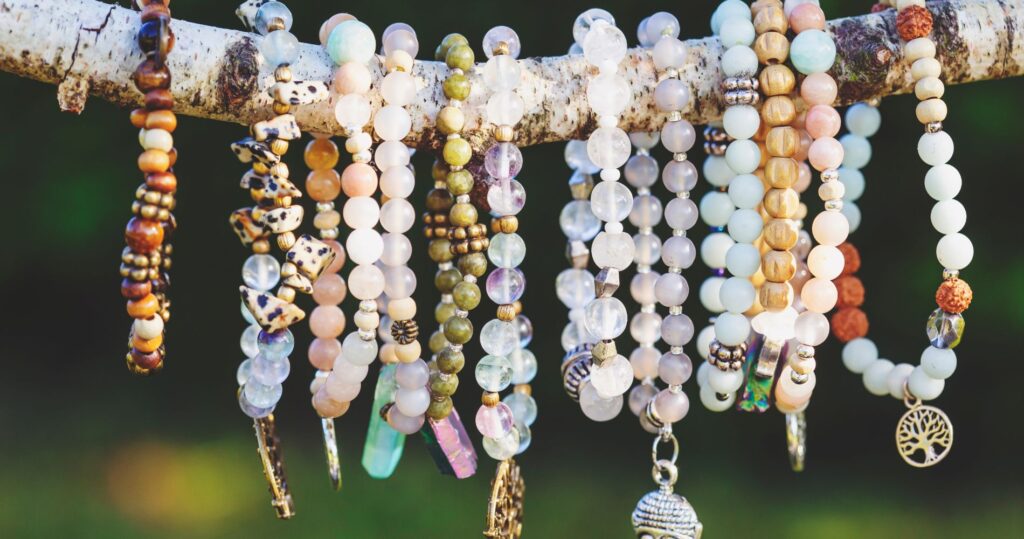In the world of jewelry photography, capturing the true essence of a bracelet can be challenging. Whether you’re a professional photographer or a hobbyist, mastering bracelet photo retouching can elevate your images to a whole new level. In this article, we will delve into essential tips and techniques to help you achieve stunning results.
Introduction
Photographing bracelets can be tricky due to their reflective surfaces and intricate details. Proper retouching can make a significant difference in the final outcome of your bracelet photos, making them more appealing and professional. Whether you are preparing images for an online store, a catalog, or a personal portfolio, understanding the nuances of bracelet photo retouching is essential.
Understanding Bracelet Photo Retouching
Bracelet photo retouching involves editing images to enhance their visual appeal. This process can include removing imperfections, adjusting colors, enhancing details, and ensuring that the bracelet looks as attractive as possible. The goal is to create images that capture the viewer’s attention and highlight the beauty of the bracelet.
Essential Tools for Retouching
To start with bracelet photo retouching, you need the right tools. Here are some essential tools you’ll need:
- Adobe Photoshop: The go-to software for photo editing, offering a wide range of features and capabilities.
- Lightroom: Useful for initial adjustments and organizing your photos.
- Graphics Tablet: Helps in making precise adjustments.
- High-Resolution Monitor: Ensures you can see the details clearly.
- Calibrated Monitor: Ensures color accuracy in your edits.
Preparing Your Photos
Before diving into the retouching process, it’s crucial to prepare your photos. Here’s how:
- Clean the Bracelet: Make sure the bracelet is free of dust and fingerprints before photographing it.
- Set Up Proper Lighting: Use diffused lighting to minimize reflections and shadows.
- Use a Tripod: Ensures stability and consistency in your shots.
- Shoot in RAW Format: Provides more flexibility in post-processing.
Basic Retouching Techniques
Basic retouching techniques form the foundation of any good photo edit. Here are some techniques to start with:
- Cropping and Straightening: Ensures the bracelet is centered and the image is well-composed.
- Removing Blemishes: Use the healing brush tool to remove dust, scratches, and other imperfections.
- Adjusting Exposure: Ensure the brightness levels are appropriate to showcase the bracelet effectively.
Advanced Retouching Techniques
Once you’ve mastered the basics, you can move on to more advanced techniques:
- Dodging and Burning: Enhances the contrast and adds depth to the bracelet.
- Frequency Separation: Allows you to retouch skin and surfaces while preserving texture.
- High Pass Filter: Sharpens the image and brings out intricate details.
Color Correction
Color correction is crucial to ensure the bracelet’s colors are accurate and vibrant:
- White Balance Adjustment: Ensures the colors are true to life.
- Selective Color Correction: Allows you to adjust specific colors without affecting the whole image.
- Saturation and Vibrance: Enhances the overall color intensity.
Enhancing Details
Enhancing details can make your bracelet photos stand out:
- Clarity and Texture: Adjusting these settings can bring out the fine details in the bracelet.
- Highlighting Edges: Use the sharpen tool to make the edges more defined.
Background Adjustment
The background plays a significant role in how the bracelet is perceived:
- Background Blur: Helps in focusing attention on the bracelet.
- Removing Distractions: Use the clone stamp tool to eliminate unwanted elements.
Adding Highlights and Shadows
Adding highlights and shadows can give your bracelet photos a more dynamic look:
- Highlight Enhancements: Adds a subtle glow to the metallic parts of the bracelet.
- Shadow Depth: Adds depth and dimension to the image.
Final Touches and Polishing
The final touches can significantly impact the overall quality of your photo:
- Final Color Grading: Ensures the colors are harmonious and pleasing.
- Overall Sharpness: Ensures the image is crisp and clear.
- Noise Reduction: Removes any unwanted graininess.
Saving and Exporting Your Images
Once you are satisfied with your edits, it’s time to save and export your images:
- Choosing the Right Format: JPEG for web use, TIFF for high-quality prints.
- Resolution Settings: Ensure the resolution is appropriate for the intended use.
- File Naming and Organization: Keep your files organized for easy access.
Common Mistakes to Avoid
Even experienced editors can make mistakes. Here are some common ones to watch out for:
- Over-Retouching: Can make the bracelet look unrealistic.
- Ignoring Color Accuracy: Can lead to unappealing photos.
- Neglecting Details: Small imperfections can be distracting.
Conclusion
Mastering bracelet photo retouching takes time and practice, but the results are worth it. By following these essential tips and techniques, you can create stunning bracelet photos that capture the beauty and intricacy of each piece.
FAQs
1. What is the best software for bracelet photo retouching?
Adobe Photoshop is widely regarded as the best software for bracelet photo retouching due to its extensive features and capabilities.
2. How can I ensure color accuracy in my bracelet photos?
Use a calibrated monitor and adjust the white balance during the retouching process to ensure color accuracy.
3. What are some common mistakes to avoid in bracelet photo retouching?
Common mistakes include over-retouching, ignoring color accuracy, and neglecting small details.
4. Why is it important to shoot in RAW format?
Shooting in RAW format provides more flexibility in post-processing and allows for better adjustments in exposure, color, and detail.
5. How can I make the bracelet stand out in the photo?
Use techniques like dodging and burning, enhancing details, and adjusting the background to make the bracelet stand out.














